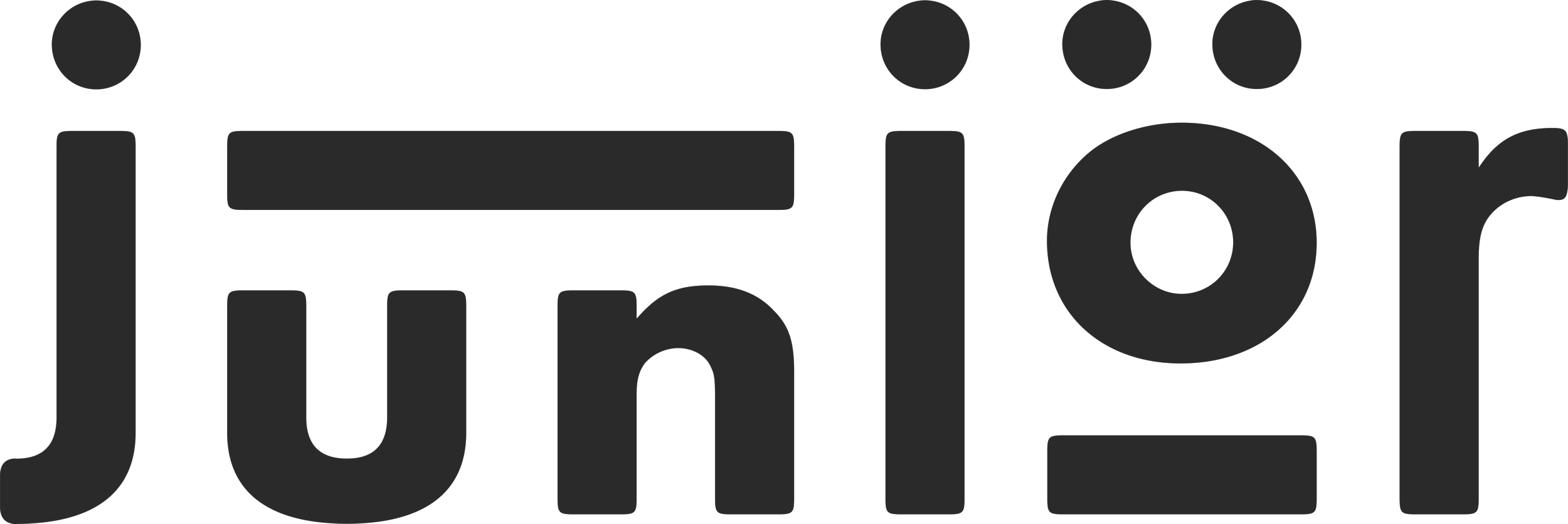METHOD+TOOLS
Discover ‘Design for Cultural Heritage’
We believe that innovation in the cultural sector can only be initiated by understanding audiences, applying strategic thinking and seeing cultural institutions as services for cultural knowledge. For this, thanks to our expertise around design and cultural sector, we have developed and refined our design methodology: ‘Design for Cultural Heritage’. In this section, we invite you to discover our approach and learn more about some of the method+tools that we use in our everyday practice.








